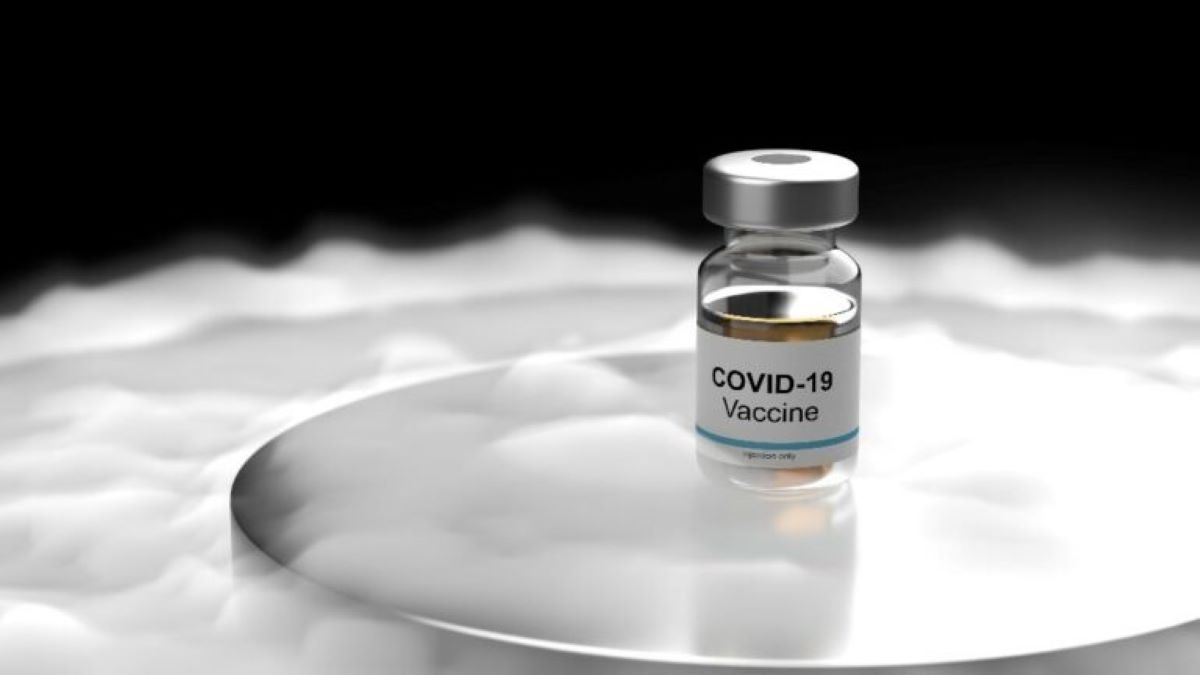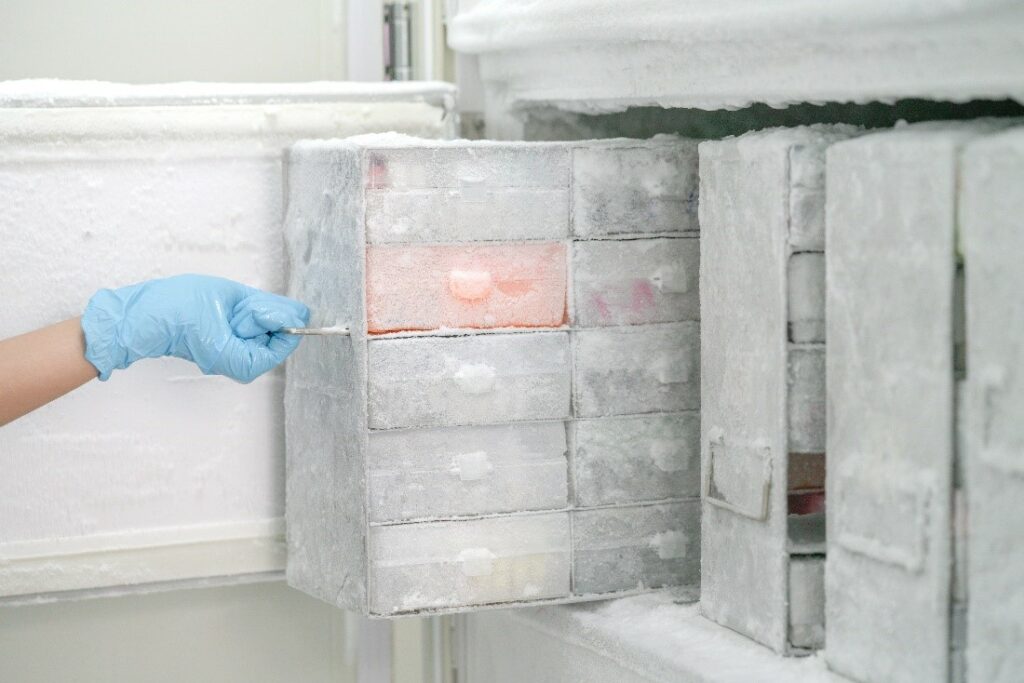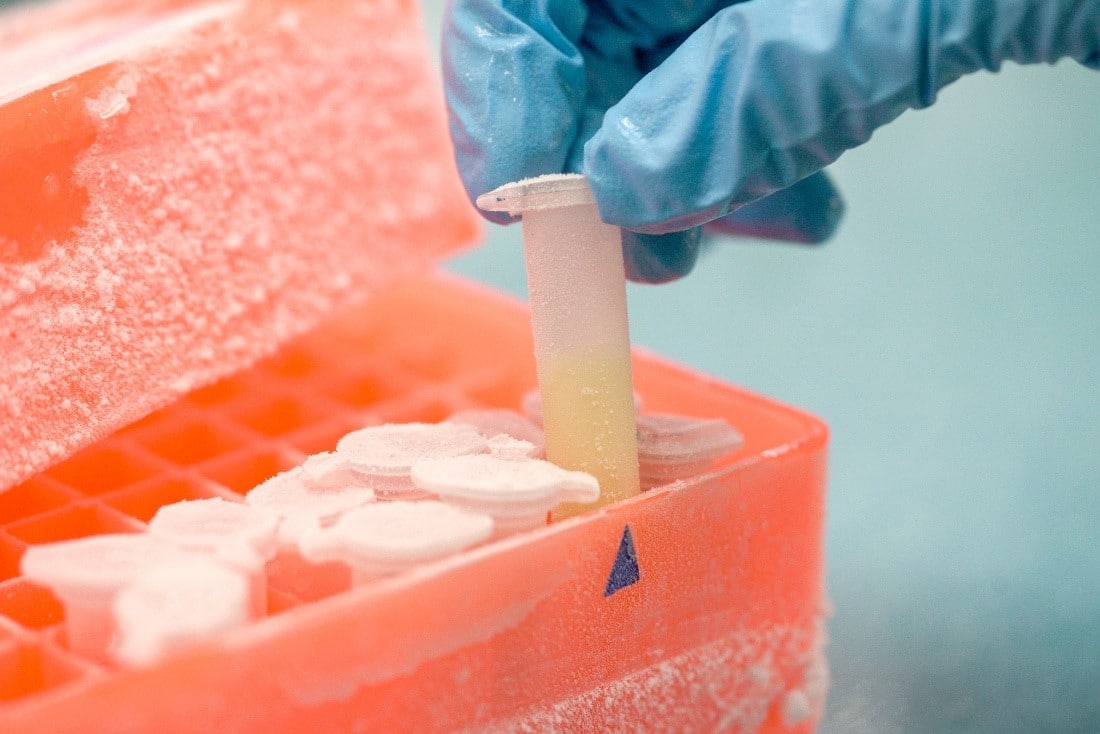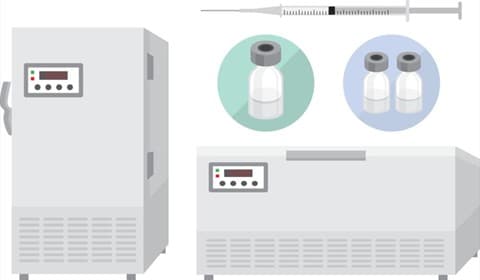Join us at the International Thermal Conductivity Conference (ITCC) and the International Thermal Expansion Symposium (ITES).
February 16, 2024
May 4, 2021
September 26, 2019
May 25, 2021
October 30, 2019

June 7, 2021
How thermal management helps protect the Covid-19 Vaccines from degradation.
Throughout the COVID-19 pandemic, there has been no shortage of cutting-edge research devoted to finding a solution to this devastating virus. In recent months, two vaccines have taken the world by storm and made headlines globally as a powerful weapon to fight the covid-19 pandemic. These two vaccines are made by Moderna and Pfizer and have both been extensivity research and manufactured to be extremely effective in resistance against the Covid-19 virus. Both vaccines use novel technology involving the manipulation of strands of messenger RNA (mRNA) that are held within lipid particles that are vulnerable to degradation at room temperature. These vaccines must be stored and transported frozen and then thawed at the time of use. These extremely strict thermal regulations require the use of powerful and precise equipment that is fine tuned to maintain a specific surrounding temperature. The thermal management protocols that must be met to ensure the protection of these vaccines, specifically Pfizer, are causing a significant amount of financial strain for many countries that lack access to the advanced technology required to prevent the degradation of the mRNA strands. The Pfizer vaccine must be stored at -70 degrees Celsius, whereas the Moderna vaccine can tolerate a much warmer surrounding environment temperature of -20 degrees. The higher temperature tolerance of the Moderna vaccine gives it an edge over the Pfizer vaccine because it can be distributed and stored in rural areas and developing nations that lack access to ultra-cool freezers.
Ultra-cold freezers are a key component of the distribution and protection of the Pfizer BioNTech Covid-19 vaccine. The goal of this vaccine is to prevent and protect against infection caused by the Covid-19 virus which is a rapid spreading disease caused by severe acute respiratory syndrome coronavirus 2 (SARS-CoV-2). Health Canada has approved the use of the Pfizer vaccine for individuals 16 and older as its effectiveness in people younger than 16 has still not been established. These RNA vaccines teach our cells how to make proteins that will trigger an immune response without using the live virus that causes Covid-19. Once triggered, our body then produces antibodies that help fight the infection if one was exposed to the virus. Based on studies involving roughly 50,000 participants, the Pfizer-BioNTech Covid-19 vaccine was 95% effective in preventing infection beginning one week after receiving their second dose.
The Moderna vaccine has also been approved by Health Canada for use in individuals who are 18 years or older and based on studies involving 30,000 participants, it has shown to be 94.1% effective in preventing Covid-19 beginning two weeks after receiving the second dose. Both vaccines are currently being distributed and used in Canada in a variety of populations with the Moderna vaccine being the front runner in rural areas due to its less demanding storage requirements.

Figure 1: Sample Storage in an ultra-cold freezer unit.
Despite providing an effective tool to fight the highly contagious coronavirus disease, the Pfizer vaccine can also be extremely challenging to thermal regulate. Currently the vaccine’s labels state that it must be stored in an ultra-cold freezer at temperatures between -80°C and -60°C and can remain stored at these temperatures for up to 6 months. These vaccines are shipped in a specially designed thermal container that can be used for temporary storage during distribution for a total of 30 days while being refilled with dry ice every 5 days. The Moderna vaccine poses less of a challenge for health care providers in terms of thermal regulation as its recommended storage is only -20°C. Both vaccines are sensitive biological mixtures that can lose their potency and effectiveness if exposed to a temperature outside of their required temperature range for a prolonged period of time.
The success of these vaccines is extremely dependent on the effectiveness and thermal power of an Ultra-cold freezer. These freezers are one of the main components used in research labs for protecting biological samples by keeping them at extremely low temperatures normally in the range of -49°C to -89°C. They generally come in either an upright or a chest freezer format, however, the chest freezers have shown to be more energy efficient but are generally not preferred due to space restrictions, as they are quite bulky. Chest freezers only account for roughly 5% of all freezer sales despite having a substantially longer serving time because their more efficient design requires minimal usage of a heat compressor. Samples that are held within the freezer are stored in polymer tubes contained within storage boxes made from cardboard. Both of these materials are known to have a high thermal resistance meaning they are reluctant to exchange heat with their surrounding environments. Polymer plastics especially are an extremely popular insulative material that is used for many applications due to their low thermal conductivity value compared to that of metals and other metallic materials. Plastic acts as an insulator and it can provide further protection against degradation for the biological samples. A standard Ultra-cold freezer can store roughly 350-450 microtube boxes at a time.

Figure 2: Polymer plastic test tubes used to store samples in a ULT freezer.
Another important defining property of a ULT freezer is its pull-down time. This refers to the amount of time required for the freezer to cool down from ambient air temperature to the temperature required for vaccine storage. Pull downtime is highly correlated to the type of insulation used within the freezer and the efficiency of the compressor system as well as the layout and material of the metal shelves in the freezer. For most standard ULT freezers, warm-up time is typically 1/8 degrees Celsius per minute. Pull downtime can be enhanced using a variety of different methods including incorporating the use of refrigerant fluids. These fluids are generally a gaseous chemical compound that possesses a high critical temperature and a low critical pressure. They also have a limited number of hazards associated with them and low toxicity. Some common refrigerant fluids include ammonia, carbon dioxide, ethane, propane, and propylene. Following the global ban of chlorofluorocarbons (CFCs) which were widely used as a cooling fluid in refrigerators and freezers, ULT freezers shifted to using HCFC refrigerants. Currently, hydrocarbon refrigerants are the most widely used as they create the most energy-efficient environment. Flammable but highly effective refrigerants such as R270 propane have become a growing trend seen in the ULT industry, however, these refrigerants are still banned for use in the USA and France. Compared to traditional refrigerants, ULT freezers that use flammable materials are said to be 50% more efficient as they significantly reduce pull downtime as well as have a reduced potential for oil logging.

Figure 3: Upright ULT compared to a chest ULT.
Insulation is undoubtedly the most important aspect of an ultra-low temperature freezer as it has the greatest impact on its temperature regulation abilities which in turn controls vaccine protection. Air-cooled condensers are generally the most used in laboratory refrigeration systems. These consist of a tubular battery composed of copper or a copper aluminum mixture that is arranged to provide as much available surface transfer as possible. Copper and aluminum are two of the most thermally conductive materials on the planet and are often used in industry to promote fast heat transfer. In ULT freezers, the circulation of cooling air is forced by engine-driven fans and the expansion of refrigerant fluids that are contained within capillary tubes. Evaporation takes place through steel plate heat exchangers located inside the chamber or by means of a coil. In most chest freezers, the copper or copper-aluminum coil evaporator is placed along the walls and at the bottom of the cooling unit whereas in upright freezers it runs along the walls and the top. The position of the coils in a chest freezer is the property that gives these units their higher efficiency and will save energy and money.
Ultra-Low Temperature freezers are a revolutionary piece of equipment that without question will contribute massively to the success of Covid-19 vaccines. One major pitfall of ULT freezers is their extremely high energy demand and associated cost of operation. The need for large inputs of energy is taxing on the environment and countries’ available resources especially nations in poor economic standing. Vaccines such as the one produced by Moderna do not require as extreme of temperature regulation and have been favored in countries that cannot afford to run large refrigeration units. Research is continuously being done on ways to engineer ULT freezers, so they are less energy demanding and in turn, more cost-effective to run. Along with this research taking place related to the storage of vaccines, some of the world’s top scientists are still searching for new vaccine recipes that may eliminate the need for refrigeration in general. One thing in this forever-changing situation is certain, without the unique and adaptive technology of ULT freezers, we would not be where we are today in terms of our fight towards ending the Covid-19 global pandemic.
Author: Kallista Wilson | Junior Technical Writer | Thermtest
Canada, H. (2020, December 9). Pfizer-BioNTech COVID-19 vaccine: What you should know [Education and awareness]. Aem. https://www.canada.ca/en/health-canada/services/drugs-health-products/covid19-industry/drugs-vaccines-treatments/vaccines/pfizer-biontech.html
COVID-19 Vaccine Storage and Handling. (n.d.). 29.
COVID-19 Vaccine U.S. Distribution Fact Sheet | Pfizer. (n.d.). Retrieved March 8, 2021, from https://www.pfizer.com/news/hot-topics/covid_19_vaccine_u_s_distribution_fact_sheet
How does an Ultrafreezer work? – FDM – Environment Makers. (2019, May 2). FDM – Environment Makers. https://www.dellamarca.it/en/how-does-an-ultra-low-freezer-work/
KaiserNov. 16, J., 2020, & Pm, 5:55. (2020, November 16). Temperature concerns could slow the rollout of new coronavirus vaccines. Science | AAAS. https://www.sciencemag.org/news/2020/11/temperature-concerns-could-slow-rollout-new-coronavirus-vaccines